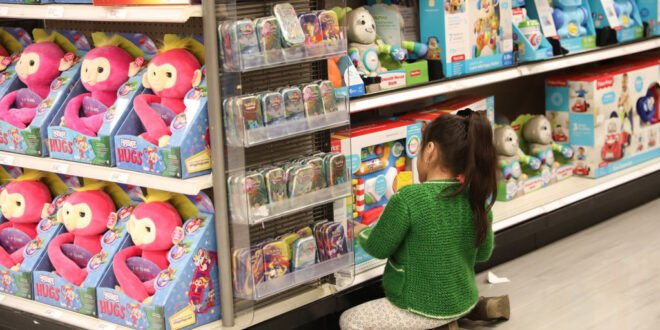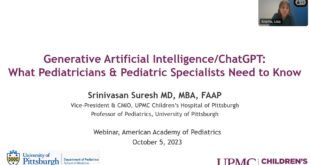The Hidden Dangers of Plastic Toys
When Nelly Wanjiru, a mother of two from Nairobi, watched her toddler chew on a bright red plastic toy car, she didn’t think twice. “It’s just harmless play and I have even washed it with hot water,” she recalls. However, a recent report from the United Nations Environment Programme (UNEP) warns that such everyday playthings may expose children to dangerous chemicals, some of which are linked to developmental delays, hormonal disruptions, and long-term health issues.
The report, released on July 31, 2025, highlights that an estimated 90% of toys on the market are made of plastic. Growing evidence suggests these seemingly harmless items could pose serious health risks to children. According to the report, “Children are particularly vulnerable.” Their mouthing behavior, combined with low body weight and ongoing developmental processes, leads to higher chemical exposure.
Plastic toys frequently contain phthalates, a class of chemicals used to make plastic flexible. These substances are not chemically bound to the toy and can easily leach out through mouthing or skin contact. The report states, “The levels of hazardous chemicals ingested or inhaled by babies and children can exceed safe exposure margins.”
Other harmful substances identified in toys include bisphenol A (BPA) and short-chain chlorinated paraffins (SCCPs), both linked to hormone disruption and developmental issues. The report further warns that “chemicals of concern can be present in both petroleum-based and bio-based plastics,” challenging assumptions that so-called ‘eco-friendly’ plastics are always safer.
Toys made from recycled plastics are also risky. UNEP notes that “the recycling of plastic products containing hazardous chemicals can transfer these chemicals into consumer products such as children’s toys,” exposing children to substances like brominated flame retardants (PBDEs), known to impair brain development.
Alarmingly, studies cited in the report found heavy metals such as lead, cadmium, and arsenic in both new and second-hand toys. “Vintage and low-cost toys were particularly concerning,” the report highlights, referencing research in the UK, Malaysia, and other regions where toxic levels exceeded international safety standards.
Beyond immediate health risks, experts warn of long-term effects. “Hazardous chemicals associated with plastics have been linked to reproductive toxicity, developmental harm, and endocrine disruption,” UNEP notes. “The costs of chemical-related IQ loss and intellectual disability are staggering,” with PBDE exposure alone estimated to cost $266 billion annually in North America.
While regulations exist in parts of Europe and North America to limit chemicals in toys, UNEP cautions that “many developing and emerging economies often do not regulate chemicals in toys,” leaving millions of children unprotected.
Safer Alternatives and Recommendations
Safer alternatives are available. The report advises: “Parents should consider certified toxin-free toys or non-plastic alternatives such as organic textiles and untreated wood.” It adds: “Reducing children’s exposure to hazardous chemicals should be a priority for both parents and policymakers.”
Ultimately, UNEP’s message is clear: “Given the widespread presence of hazardous chemicals in toys, immediate action is needed to protect vulnerable populations such as children.” Playtime should be safe, not toxic, a principle this report urges families worldwide to take seriously.
Calls for Global Action on Plastic Pollution
On July 24, African civil society groups called for bold and urgent action to tackle plastic pollution ahead of crucial international negotiations on the Global Plastics Treaty. At an online media briefing, environmental activists urged journalists across the continent to amplify Africa’s united demand for a strong, binding treaty that addresses the full life cycle of plastics — from production to disposal.
“We have the evidence. We have the momentum. What we’re missing is the commitment to act,” said Merrisa Naidoo, GAIA Africa’s Plastics Programme Manager. “Now, more than ever, we need courageous leadership.”
The call comes just days before the resumed fifth session of the Intergovernmental Negotiating Committee (INC-5.2), which aims to hammer out the details of the world’s first global agreement to end plastic pollution.
 Info Malang Raya Its All About World News
Info Malang Raya Its All About World News




